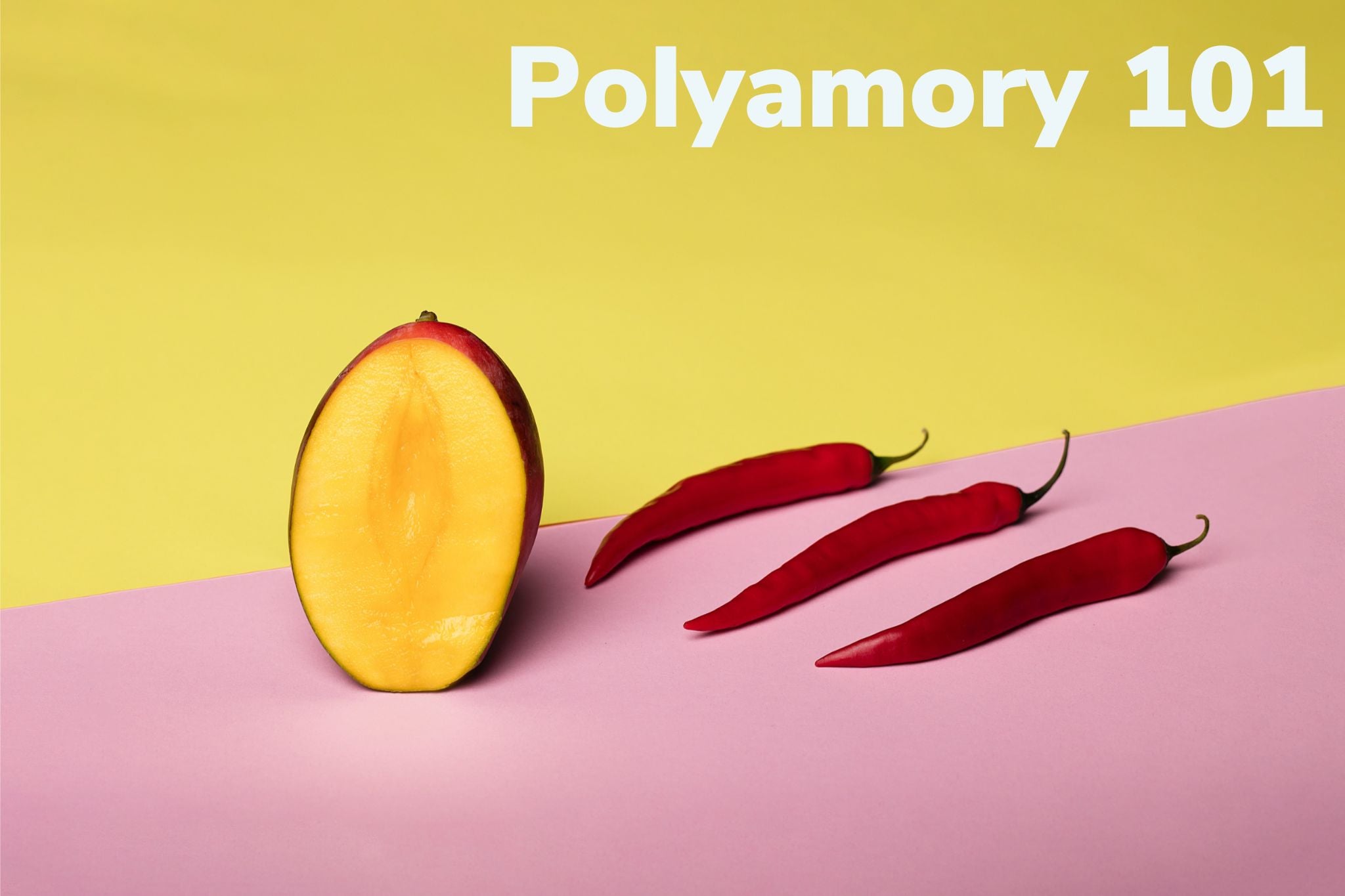Polyamory is gaining visibility and interest as indicated by the rise of apps such as Feeld and #open as well as a significant increase in keyword searches for ‘ethical non-monogamy’ and ‘polyamory’, up nearly 400% among women and 500% among men in 2022. A recent study published in Frontiers in Psychology which used US Census data of 3,438 single adults, found that 1 out of 6 people wish to engage in polyamory and 1 out of 9 have engaged in polyamory at some point in their lives.
What is polyamory?
Polyamory is an umbrella term that includes a wide array of relationships including triads, quads, ethical non-monogamy, solo non-monogamy and so on. Defined in the Oxford dictionary as the practice of engaging in multiple romantic and typically sexual relationships, with the consent of all people involved, polyamory is based on an abundance mindset where there is infinite human capacity for love, intimacy and connection. It allows individuals to define, negotiate, and redefine the rules and boundaries of the relationship directly with their partner(s) rather than falling into predescribed cultural expectations of serial monogamy. Polyamory requires a lot of communication, self-awareness, and conflict resolution from all parties.
What is it not?
Polyamory is not having sex with whomever and whenever you want, without the consent and knowledge of your partner(s).
Swinging and partnered nonmonogamy are not polyamory. Swinging is more lifestyle and community based where individuals tend to be emotionally monogamous and sexually non-monogamous. LIkewise, partnered nonmonogamy aka “open” relationships is when partners in a committed relationship allow for sex with other people. However, in both these examples, the expectation is that love is not formed with outside sexual partners.
Types of Polyamory
- Hierarchical polyamory places more importance on one relationship, the primary partnership, above other relationships. Primary partners prioritize each other when making decisions and in terms of level of commitment.
- Non-hierarchical relationships do not prioritize any of the members of the relationship over the others. Decisions are made by everyone in the group working together.
- Triads include three partners who are all romantically and sexually involved.
- Quads are relationships with four partners who are all romantically and sexually involved.
- Vee is when one person dates two people who are not romantically or sexually involved with each other.
- Solo polyamory is when you are your own primary partner. You prioritize your own needs and aren’t obligated to other partners with decision making.
- Kitchen Table is a familial and communal relationship where everyone spends time together and supports one another. Sexual and romantic relationships may exist between different members.
- Parallel relationships involve a larger group where members are not romantically involved outside their own partner(s).
- Mono-poly relationships are when one partner identifies as poly and is interested in relationships outside the primary partnership and the other partner identifies as monogamous.
Is Polyamory for you?
Tristan Taormino’s Opening Up and Janet Hardy & Dossie Easton’s The Ethical Slut are great resources on polyamory and provide practical advice and guidance on how to explore polyamory. These questions raised in these books are a great starting point for self reflection and exploration.
- Do you have the desire and capacity to love, share emotional and sexual intimacy, and commit to more than one partner?
- Do you want to explore more than “just sex” from your additional relationships?
- Do you want to explore different sexual or relationship dynamics with different people of different genders?
- Do you have certain erotic and emotional desires, needs, and fantasies that are not able to be fulfilled by your current partner?
- Is your current relationship stable?
Photo Credit: Deon Black





